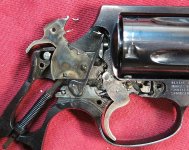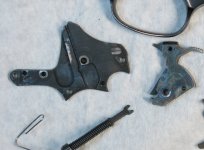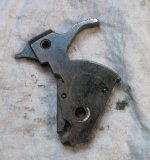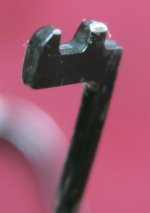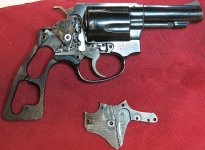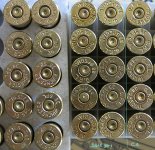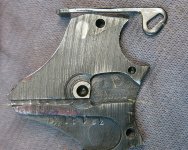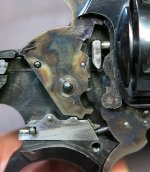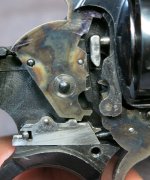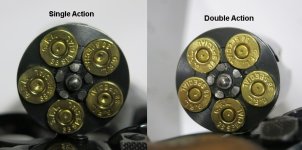Matt_X
Member
- Joined
- Mar 4, 2023
- Messages
- 340
- Reaction score
- 312
Is it normal to observe some contact marks from the hammer on the back of hammer block?
This is a c.1975 Model 36
I opened it up after having failures to fire (light primer strikes) in double action.
Internals were dirty (see photo), but also looked like the hammer had just kissed the top edge of the hammer block.
Arrows on photo indicated location of marks on block and approximate matching location on hammer.
This is a c.1975 Model 36
I opened it up after having failures to fire (light primer strikes) in double action.
Internals were dirty (see photo), but also looked like the hammer had just kissed the top edge of the hammer block.
Arrows on photo indicated location of marks on block and approximate matching location on hammer.

